1920s Brooklyn warehouse renovated into workspace by Worrell Yeung
A new workspace near Brooklyn Navy Yard in NYC stays true to its early 20th century identity as a factory, with industrial materials, minimal design details and custom furniture made of salvaged wood
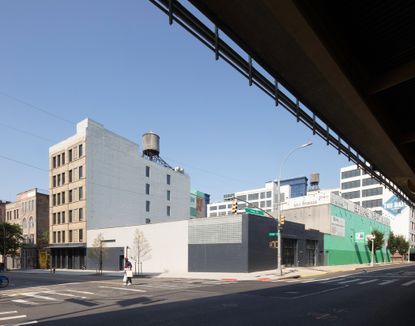
New York City-based architecture studio Worrell Yeung has renovated and redesigned a 1920s factory building on the corner of Washington Avenue and Park Avenue near the Brooklyn Navy Yard. The new flexible workspace, 77 Washington, features an artist studio and a photography studio.
The project is an adaptive reuse success story, aimed to celebrate the neighbourhood's history and the design typologies of early 20th century masonry New York warehouses. Preserving the historical character of the six-storey masonry building, and a cluster of surrounding one-story buildings, was key to the commission for co-principal Max Worrell: ‘The existing buildings were so rich with history and layered with texture that we wanted our design to highlight these found conditions while also updating to accommodate new uses and new programmes.'
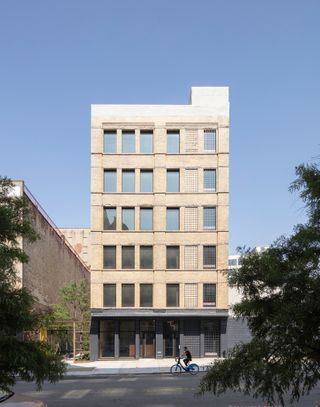
Careful tweaks helped to uplift the workspace and equip it for its new creative community. A verdant courtyard space was carved out by removing a roof, and a garage to the left of the factory was removed to make space for another lush garden, designed by Michael van Valkenburgh Associates. Original storefront openings were restored to create a visual presence of activity at street level, and bringing in more natural light to the buildings.
Rough, durable, unrefined materials fall into sync with the Brooklyn factory's history. The core material palette of diamond plate floors, unfinished steel railings and doors, and concrete floors. Benches in the garden were built from salvaged oak logs collected by a shipbuilder after storms. The architects collaborated with Navy Yard-based woodworker, Bien Hecho to use salvaged materials from the building to make a custom conference room table and lobby bench.

Minimal design interventions inspired by the history of the buildings uplift and enhance the space for its new use. A large glass block clerestory window diffuses light into the corner artist studio. To cover the elevator shaft openings, a lattice motif was layered upon steel grids which can be seen from the building's exterior. Brick walls were cleaned and sealed to preserve layers of old paint, to contrast with the clean concrete floors and white walls.
‘These interventions are a nod to the aesthetics of storied factory buildings and Navy Yard warehouses, which historically featured grids in their sash windows, fencing, and ship docks,' says co-principal Jejon Yeung.

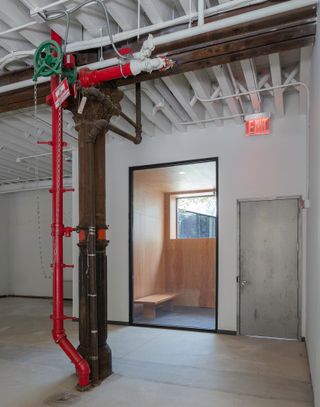
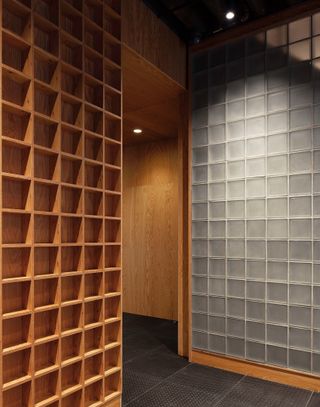
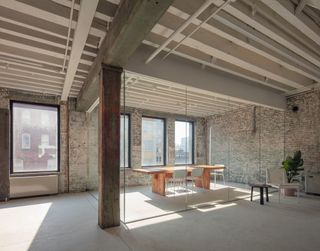
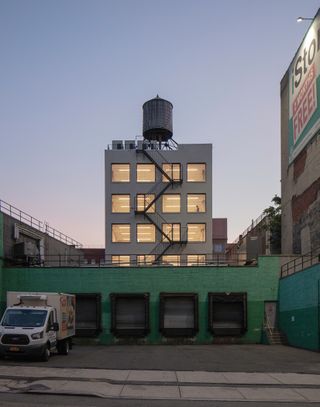
INFORMATION
Wallpaper* Newsletter
Receive our daily digest of inspiration, escapism and design stories from around the world direct to your inbox
Harriet Thorpe is a writer, journalist and editor covering architecture, design and culture, with particular interest in sustainability, 20th-century architecture and community. After studying History of Art at the School of Oriental and African Studies (SOAS) and Journalism at City University in London, she developed her interest in architecture working at Wallpaper* magazine and today contributes to Wallpaper*, The World of Interiors and Icon magazine, amongst other titles. She is author of The Sustainable City (2022, Hoxton Mini Press), a book about sustainable architecture in London, and the Modern Cambridge Map (2023, Blue Crow Media), a map of 20th-century architecture in Cambridge, the city where she grew up.
-
 A new limited-edition Rhodes piano and Gibson doubleneck guitar aim for the stars
A new limited-edition Rhodes piano and Gibson doubleneck guitar aim for the starsThe new Rhodes Mk8 Earth Edition piano and Gibson Jimmy Page EDS-1275 Doubleneck guitar revisit classic instruments at a price
By Jonathan Bell Published
-
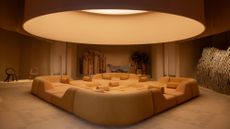 The new interior design trends we spotted at Salone del Mobile 2024
The new interior design trends we spotted at Salone del Mobile 2024These are the interior design trends to look out for in 2024 and beyond, from soft upholstery to conversation pits and low dining
By Rosa Bertoli Published
-
 Tiffany & Co nods to its theatrical history with a surreal new campaign
Tiffany & Co nods to its theatrical history with a surreal new campaignTiffany & Co campaign ‘With Love, Since 1837’ sees Dan Tobin Smith and set designer Rachel Thomas create an offbeat set
By Hannah Silver Published
-
 Morgan North’s multi-use complex features New York’s latest ‘park’ on its roof
Morgan North’s multi-use complex features New York’s latest ‘park’ on its roofMorgan North transforms what was once New York’s largest postal distribution centre into a sustainable, mixed-use hub of activity with a green roof
By Adrian Madlener Published
-
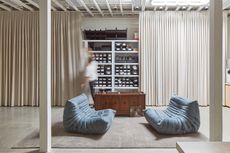 MetroEighteen’s office and showroom in Los Angeles is conceived as a home
MetroEighteen’s office and showroom in Los Angeles is conceived as a homeMetroEighteen by Holm Studio is a project that consolidates office, showroom and staging warehouse for the leading audio-visual and lighting systems specialist in Los Angeles
By Ellie Stathaki Published
-
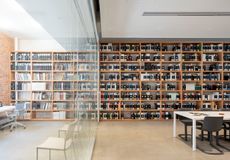 David Zwirner office in New York is a flexible, minimalist haven by Annabelle Selldorf
David Zwirner office in New York is a flexible, minimalist haven by Annabelle SelldorfStep inside the ultra-flexible and minimalist David Zwirner office in New York, designed by Selldorf Architects
By Ellie Stathaki Published
-
 Kurt Rappaport invites us into his refreshed Beverly Hills office
Kurt Rappaport invites us into his refreshed Beverly Hills officeDan Brunn reinvents real-estate magnate Kurt Rappaport’s Beverly Hills office in Los Angeles
By Ellie Stathaki Published
-
 Lose yourself in 550 Madison and Snøhetta’s public garden
Lose yourself in 550 Madison and Snøhetta’s public gardenSnøhetta designs a new public garden for 550 Madison in New York
By Pei-Ru Keh Published
-
 Part Office creates minimalist live/work space in heart of Venice Beach
Part Office creates minimalist live/work space in heart of Venice BeachLos Angeles architects Part Office transformed a former residential building into Venice Lofts, a minimalist live/work space
By Ellie Stathaki Last updated
-
 Four One Nine is a socially minded space for the San Francisco creative scene
Four One Nine is a socially minded space for the San Francisco creative sceneFour One Nine by Síol Studios blends creativity with nature, light and a social purpose
By Ellie Stathaki Last updated
-
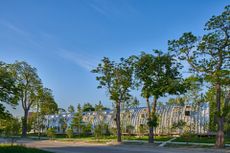 Architecture studio Undecorated’s lateral thinking shakes up Detroit
Architecture studio Undecorated’s lateral thinking shakes up DetroitThe American Midwest has been shaking up the world of architecture. Among emerging practices pioneering change is Detroit-based Undecorated, founded by Ishtiaq Rafiuddin and profiled here as part of our Next Generation 2022 project
By Ellie Stathaki Last updated